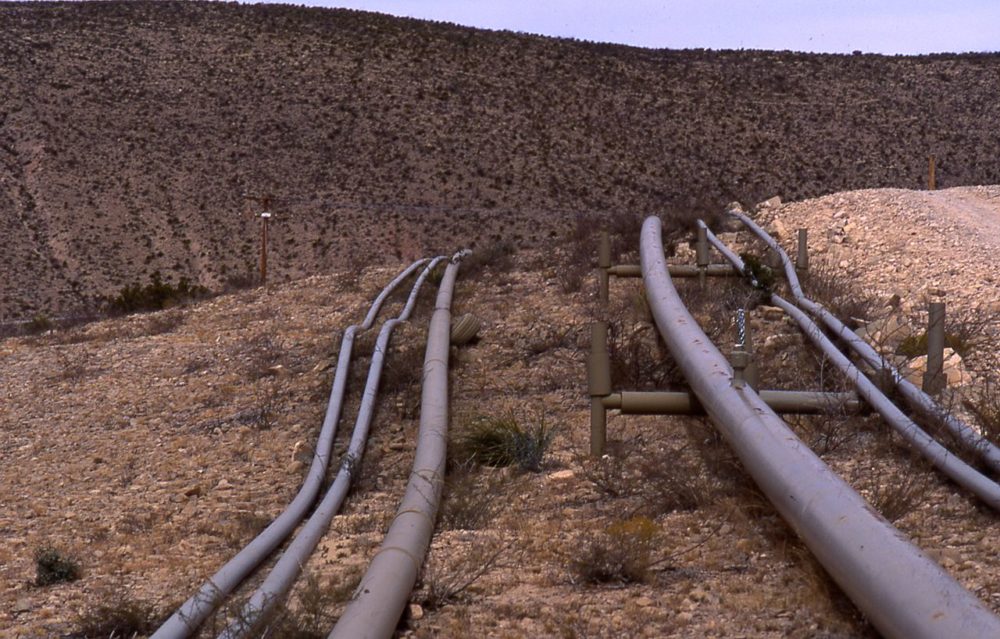Prime Minister Narendra Modi said India – the third-largest emitter – imported more than 85% of oil and 53% of gas to meet the country’s energy demand in 2019-20

The IEEFA said Snam is continuing to devote the vast majority of planned capital spending to unabated fossil gas infrastructure despite its net-zero ambitions (Credit: Wikimedia Commons/Fguardians)
India is set to spend big on oil and gas infrastructure over the next five years, Prime Minister Narendra Modi has confirmed.
Speaking on a live video conference today (17 February), the prime minister dedicated to the nation the Ramanathapuram-Thoothukudi natural gas pipeline and Gasoline Desulphurisation Unit at Chennai Petroleum Corporation, Manali, and also laid the foundation stone of Cauvery Basin Refinery at Nagapattinam.
Modi said India – the third-largest emitter – imported more than 85% of oil and 53% of gas to meet the country’s energy demand in 2019-20 and asked the question “can a diverse and talented nation like ours be so energy import-dependent?”. He stressed that had the nation focused on these subjects much earlier, its middle class would “not be burdened”.
“Now, it is our collective duty to work towards clean and green sources of energy, reduce energy dependence,” added the prime minister. “Our government is sensitive to the concerns of the middle class.”
Discussing the nation’s “One Nation One Gas Grid” vision to create a gas-based economy, Modi confirmed the government plans to spend 7.5tn Indian Rupees ($103bn) on oil and gas infrastructure over the next five years.
“Strong emphasis” laid on the expansion of city gas distribution networks
In a move towards cleaner energy sources, Modi said India is now increasing the focus on ethanol to help farmers and consumers, while the nation will also be aiming to expand its solar power usage to become a “leader in the sector”.
He added that public transport is being encouraged and alternative sources like LED Bulbs are being embraced to “enable huge savings” for middle-class households.
While India is working to meet its growing energy demand, the nation is also reducing its energy import dependence and diversifying import sources, with increased capacity currently under construction.
In 2019-20, India was fourth in the world for refining capacity. About 65.2 million tonnes (Mt) of petroleum products were exported, and the prime minister said that figure is “expected to rise even further”.
He added that Indian oil and gas companies currently have about R2.7tn ($32bn) worth of investments across 27 countries around the world.
The prime minister said a “strong emphasis” has been laid on the expansion of city gas distribution networks across India, with consumer-focused schemes aiming to help households access the gas.
Indian Oil’s 143km long natural gas pipeline from Ramanathapuram to Tuticorin that launched today will monetise the gas from the state-owned Oil and Natural Gas Corporation’s (ONGC) gas fields.
Modi said the development is part of a larger natural gas pipeline project, which will enable the development of City Gas projects that are being brought forward at 10 districts in the southern state of Tamil Nadu.
Elsewhere, the new refinery in Nagapattinam, Tamil Nadu, is going to boost the development of transport facilities, downstream petrochemical industries and ancillary and small-scale industries in the region, according to the prime minister.
